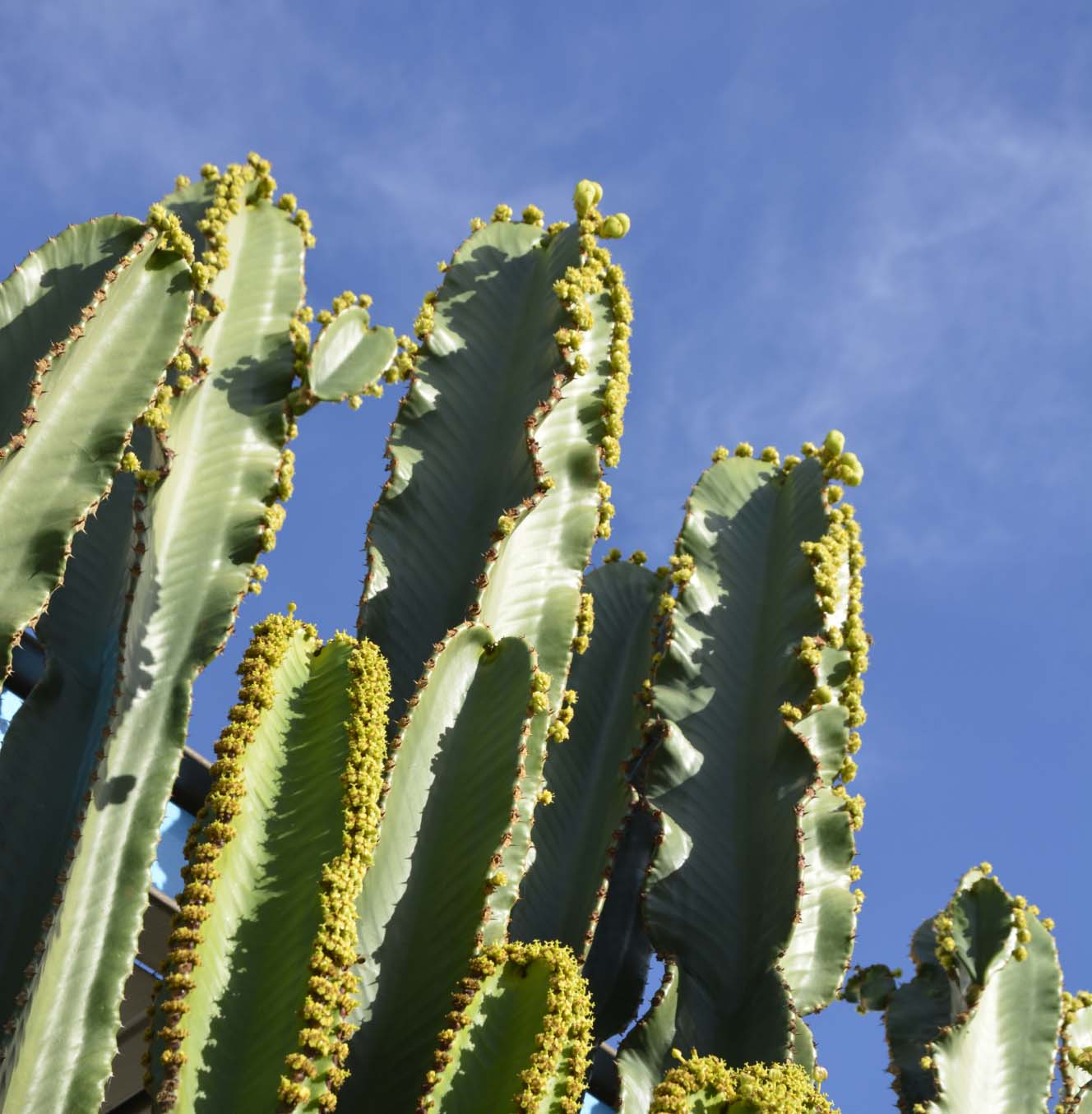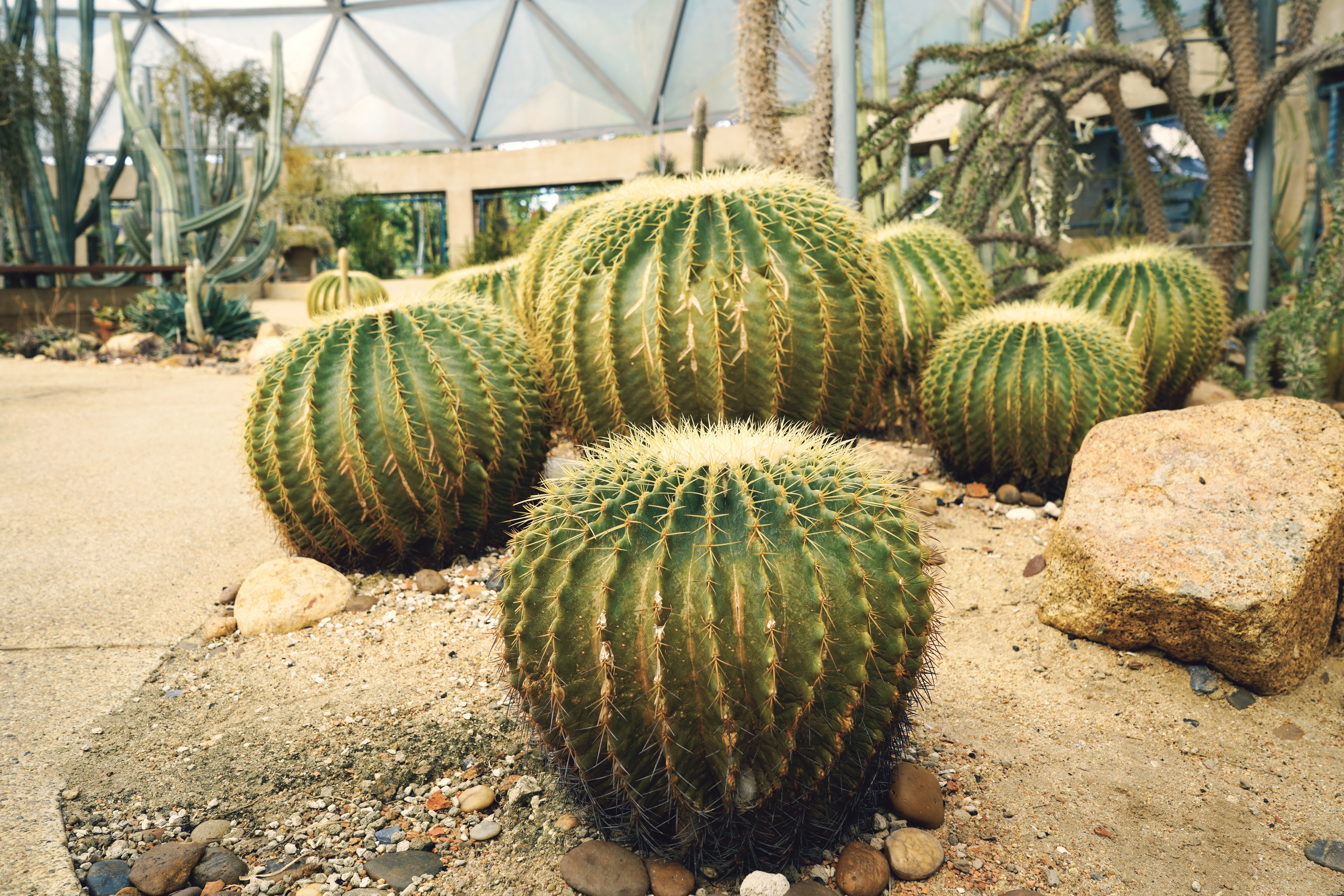Deserts, with their stark landscapes and unique flora, offer an excellent opportunity for photographers to capture nature’s beauty. Among the many intriguing subjects in these arid regions, cacti stand out with their fascinating shapes, textures, and resilience. If you’re keen to capture the allure of desert flora, especially cacti, here are some cactus photography tips to help you achieve stunning results:
One of the most critical factors in desert photography, including cactus photography, is lighting. The desert sun can be harsh, leading to harsh shadows and overexposed highlights. The best times for cactus photography are during the “golden hours” – shortly after sunrise and just before sunset. The low-angle light during these times casts a warm, soft glow that enhances the textures and colors of the cacti while reducing harsh shadows.
Create visually engaging compositions by employing various techniques like the rule of thirds, leading lines, and framing. Consider using cacti as foreground elements to add depth to your shots. Experiment with different angles and perspectives to find the most captivating views.
In the desert, where steady surfaces may be limited, a tripod is a valuable tool for capturing sharp images. It’s especially useful for long-exposure shots, close-ups, and when shooting during low-light conditions.
Cacti are intricate and unique, with an array of spines, patterns, and textures. Macro photography can reveal the intricate details of cactus spines and patterns. To capture these fine details, use a macro lens or extension tubes. Alternatively, get up close and personal with your cactus subject.
Controlling your camera’s depth of field can add depth and dimension to your cactus photography. Use a wide aperture (e.g., f/2.8 or f/4) to create a shallow depth of field, which will isolate the cactus from the background. Alternatively, use a narrow aperture (e.g., f/16 or f/22) for a greater depth of field, keeping more of the scene in focus.
Desert sunsets offer a fantastic opportunity for capturing cacti silhouettes. Position your cactus subject against the colorful evening sky, and expose for the background to create striking silhouette shots. This technique can add drama and impact to your cactus photography.
Cacti often feature geometric patterns and symmetrical shapes. Highlight these aspects in your photos by framing cacti in a way that emphasizes their symmetry and patterns. This can result in visually striking and captivating images.
When photographing cacti, be mindful of your impact on the environment. Avoid damaging the plants or disturbing the wildlife that may call the desert home. Stick to designated paths and respect conservation guidelines.
The background of your cactus shots can significantly impact the overall composition. Look for backgrounds that complement the subject, whether it’s a vast expanse of desert, mountains, or an interesting rock formation. A clean, uncluttered background can make your cactus subject stand out.
Once you’ve captured your cactus photos, post-processing can enhance their visual impact. Adjusting contrast, color balance, and sharpness in photo editing software can help refine your images and bring out the full potential of your cactus photography.
Cactus photography in the desert offers a fantastic opportunity to capture the unique beauty of these resilient and captivating plants. By paying attention to lighting, composition, and details, and by experimenting with various techniques, you can create stunning and memorable images that showcase the allure of desert flora. Remember to respect the natural environment and leave no trace as you explore and capture the breathtaking landscapes of the desert.
Learn more about cactus photography, planting, xeriscaping, and more by checking out Ponderosa Cactus.


The Desert Candle Cactus, scientifically known as Euphorbia acrurensis, is a striking plant native to the arid landscapes of southwestern Africa. While its name suggests it’s a cactus, this plant is technically a succulent in the Euphorbia family. What sets it apart is its tall, candle-like stems that glow with golden-green hues. Whether you’re an … Specimen Spotlight: Euphorbia Acrurensis – The Desert Candle Cactus
Read On
When it comes to creating the outdoor space of your dreams, expert guidance can make all the difference. Whether you’re designing a lush oasis or reviving a struggling plant, Tucson’s nursery professionals are here to help. With free virtual consultations at Ponderosa Cactus, you can tap into our expertise without leaving your home. This personalized … How Free Virtual Consultations with Tucson’s Nursery Pros Can Transform Your Yard
Read On
When it comes to adding a touch of the unusual to your cactus collection, Ponderosa Cactus in Tucson has some of the rarest and most fascinating specimens around. With a commitment to sourcing unique, eye-catching plants, Ponderosa Cactus offers collectors and desert gardeners a chance to grow something truly exceptional. Here are a few remarkable … Specimen Spotlight: Rare and Unique Cacti at Ponderosa Cactus
Read OnEnroll in the free email newsletter and stay up on the latest!
You can unsubscribe any time.

3751 E Fort Lowell Rd,
Tucson, AZ 85716,
United States
1870 W Wetmore Rd,
Tucson, AZ 85705,
United States
©2023 Ponderosa Cactus
Website Powered By Amped Marketing